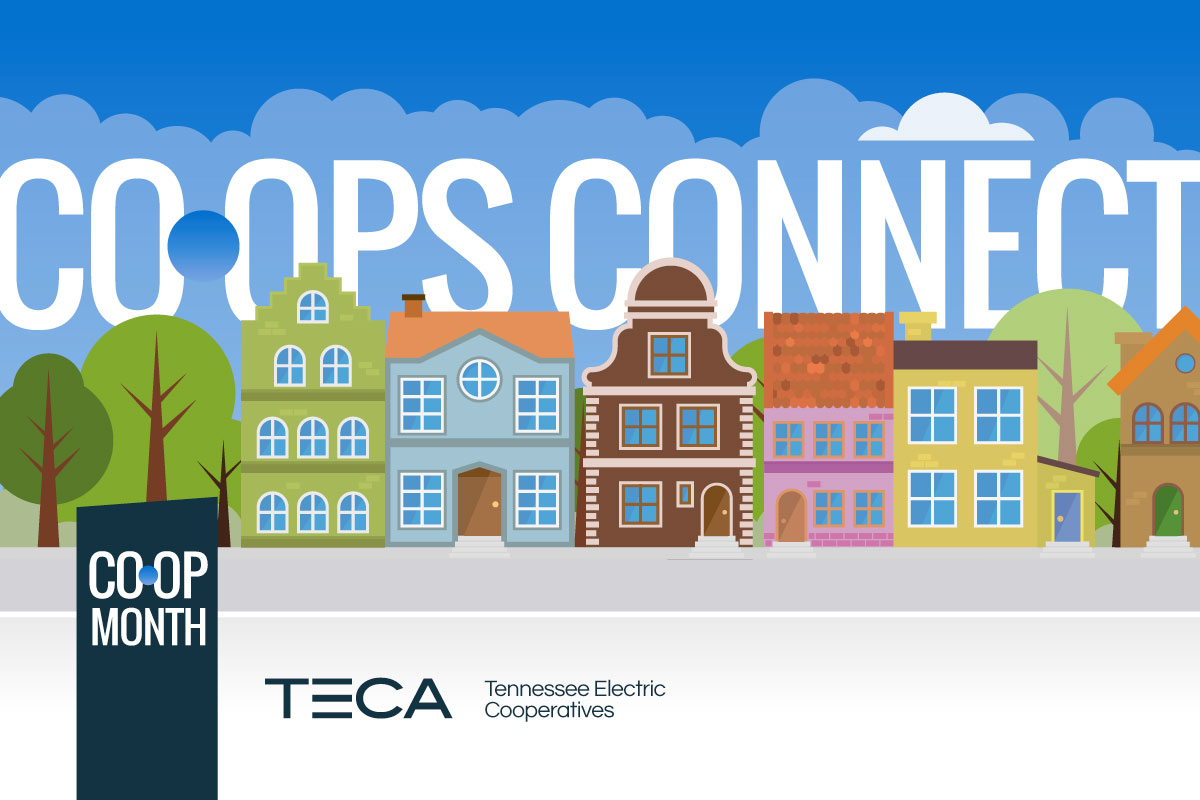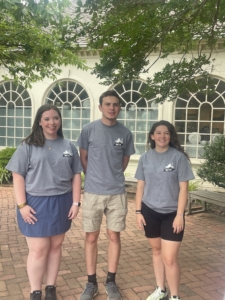JOHNSON CITY, TN – Today the Tennessee Valley Authority Board of Directors held a public listening session at the James and Nellie Brinkley Center in Johnson City. Mike Knotts, CEO of the Tennessee Electric Cooperative Association, addressed the board during the listening session, and a readout of his comments is below.
James and Nellie Brinkley Center | Johnson City, TN | 2:00 p.m. EST
Good afternoon. My name is Mike Knotts, and I serve as the CEO of the Tennessee Electric Cooperative Association. I appear here today on behalf of TECA’s 25 member power companies who collectively serve consumers in six of the seven states TVA calls home. We are still searching for that one farmhouse across the border in Alabama to make it 7 for 7!
TECA’s members own and operate over $6 billion in assets, and their wholesale power bills comprise over 25% of TVA revenues. Cooperatives are private sector entities focused making life better for our members and the rural and suburban communities where they live work and play. At the last listening session, I encouraged you to consider that the cooperative business model, specifically the 62 generation and transmission cooperatives across America, were the only benchmark that aligns with BOTH TVA’s operations AND mission. But the 49 distribution electric cooperatives you call customers have a lot to offer you as well.
Today, I would like to offer you some reassurance about a major initiative TVA is currently engaged in.
I understand that you will hear an update during tomorrow’s board meeting on the progress of TVA’s Integrated Resource Plan. This is a tremendously important endeavor, and I can understand how important its successful completion is to all of you. I am serving as a member of the IRP Working Group and have been involved in the process since the beginning.
Let me assure you, the process is working and it is working well.
TVA is to be commended for putting a diverse group of stakeholders in the room and listening to their input. Far from entering the process with foregone conclusions – we have painstakingly considered scenario after scenario, strategy after strategy, consulted with industry experts, challenged your planners, pondered the future of the global economy, invited thought leaders to share their vision of the future and debated with your economists. This has taken a significant investment of time and energy from the members of the working group.
The end result will be a framework to help this board – and future boards – make sound decisions. It will not tie your hands but serve as light to guide your way
A colleague of mine recently asked me to explain what we were doing. After a long dissertation full of technical jargon, I could see that his eyes were glazing over, so I explained the IRP was a lot like the weather forecast. The weatherman doesn’t make the sun shine or bring the clouds and the rain, and he doesn’t always get it right. That doesn’t stop us from checking to see if we need an umbrella before we leave home or if we will need shorts or sweaters tomorrow.
Please know that I believe the TVA staff, the working group and all of the external experts involved in the IRP are producing a useful tool. I look forward to its completion and your adoption of its use.
On behalf of TECA and our member cooperatives, we remain ready to work with you to ensure that TVA’s strategic direction remains focused on what is best for the people we jointly serve. They deserve nothing less. Thank you.







